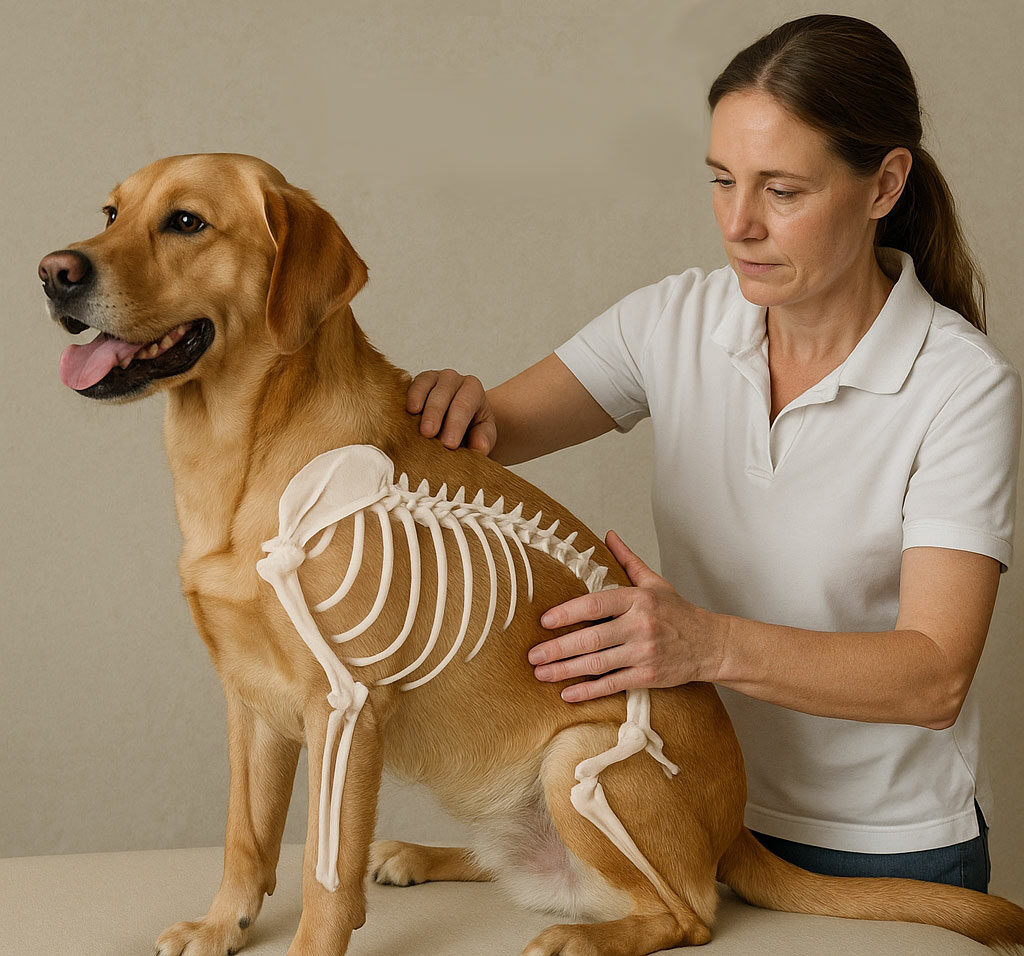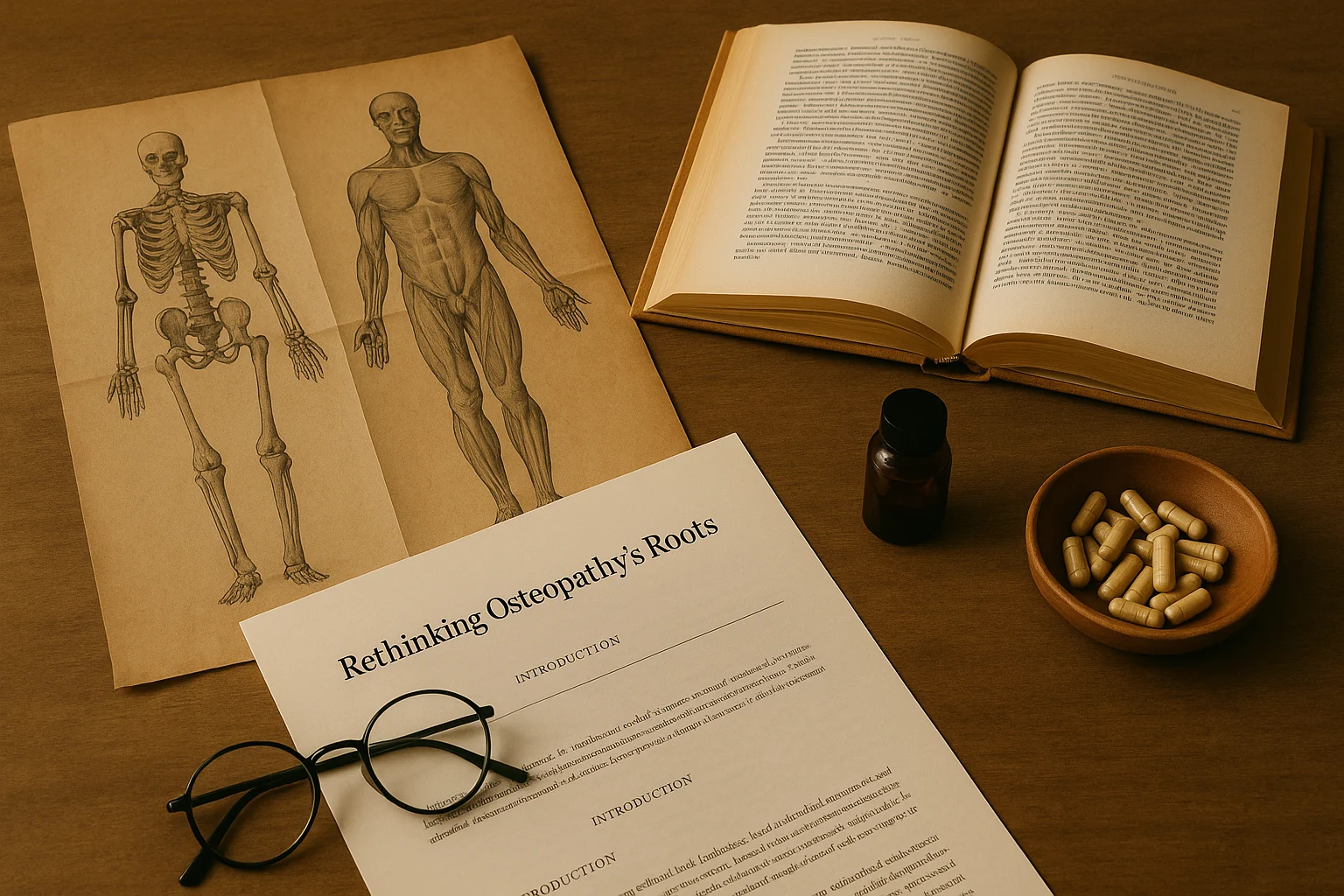Exploring Opportunities, Challenges, and How to Get Started
As osteopathy evolves beyond traditional boundaries, one of the most exciting and underserved frontiers is canine osteopathy. Whether for aging dogs, post-surgical recovery, or mobility issues, manual therapy is gaining traction as a powerful, non-invasive way to support canine health.
This article — part of Osteopathy Magazine’s “Niche Month” — explores what it takes to succeed in this growing field. If you’re a manual practitioner interested in working with animals, this guide will give you the real-world insights, training options, and business advice you need to get started.
🐶 What Is Canine Osteopathy?
Canine osteopathy applies osteopathic principles to dogs — focusing on structure-function relationships and using manual therapy to restore mobility, reduce pain, and enhance wellness. Common conditions treated include:
- Arthritis and mobility issues
- Gait irregularities
- Post-surgical recovery
- Hip dysplasia
- Behavioral issues related to physical tension
Techniques include soft tissue work, fascial release, craniosacral therapy, and joint mobilization, all tailored to the dog’s comfort and anatomical needs.
📈 Why This Niche Is Growing
🐕 Canada’s Pet Boom
With over 8.5 million dogs in Canadian households, there’s a rising demand for pet wellness, rehabilitation, and preventative care. Owners are actively seeking alternatives to medications and surgeries.
💡 Gap in the Market
Most veterinarians don’t provide hands-on manual therapy — and certified animal osteopaths remain rare in North America. That means low competition and high demand for those with proper training.
✅ Pros of Canine Osteopathy
- High Market Demand – Especially among aging dogs and sporting breeds.
- Emotionally Rewarding – Many practitioners find the work more fulfilling and less stressful than human care.
- Niche Authority – Fewer professionals in the space make it easier to stand out.
- Flexible Setup – Services can be mobile, clinic-based, or part of a larger pet wellness team.
- Strong Referral Potential – Especially when collaborating with veterinarians, groomers, dog trainers, or breeders.
⚠️ Challenges and Considerations
- Training Required – Proper certification is essential, often through international or online schools.
- Legal Limitations – In some provinces, treatment may require a vet referral or collaboration.
- Dog Handling Skills – You must understand canine behavior and body language for safe and effective sessions.
- Client Education – Pet owners may not be familiar with the benefits of osteopathy and need guidance.
🎓 Where to Get Certified
1.London College of Animal Osteopathy (LCAO) – website
- Program: International Diploma in Canine Osteopathy (Int’l DipCO)
- Format: Fully online, self-paced + optional 4-day Masterclass (available in Canada & internationally)
- Duration: Approx. 950 hours
- 450 hrs Preclinical Studies
- 500 hrs Clinical Studies
- Certification: Graduates earn title “Canine Osteopath” (Int’l DipCO)
- Tools: Includes access to 3D anatomy platform (Ivalalearn)
- Tuition: Email in**@*********************ge.com for pricing
2. Animal Osteopathy International (AOI) – website
- Program: Diploma in Animal Osteopathy (Canine & Equine)
- Format: Blended — online lectures & live webinars + 1-week in-person intensive
- Duration: 2 years
- Focus: High emphasis on clinical safety and hands-on proficiency
- Tuition: Email su*****@***************************al.com for pricing
3. Animal Osteopathy Worldwide (AOW) – website
- Role: Offers CPD education + acts as a professional association
- Format: Online courses, webinars, in-person seminars, and workshops
- Programs: Ideal for post-graduate training or ongoing specialization
- Collaboration: Works closely with LCAO and other global partners
- Tuition: Email he***@***********************de.com for details
🛠️ Tips for Setup and Marketing
✅ DO:
- Partner with Vets & Trainers – Build trust and referral streams
- Use Social Media to Educate – Videos and stories can demystify treatments
- List Your Services on Google Business and pet wellness directories
- Carry Insurance – Ensure your coverage includes animal treatment
❌ DON’T:
- Treat without veterinary consent (if required by law)
- Overpromise results — emphasize comfort, support, and mobility
- Skip proper certification — hands-on skills are crucial
- Ignore dog behavior signals — safety comes first
💡 Bonus Opportunities in the Field
- Mobile Sessions
- Wellness Events at pet expos, breed clubs, or dog shows
- Specialize in athletic dogs, seniors, or post-surgical care
- Offer Packages for long-term care and follow-up sessions
🧠 Final Thoughts
Canine osteopathy is more than a trend, it’s a needed service and a meaningful niche. With the right training and marketing, you can build a fulfilling, sustainable practice that helps dogs live longer, healthier, more comfortable lives.
For osteopaths who love animals and want to offer something unique in their community, this could be your next big move.








